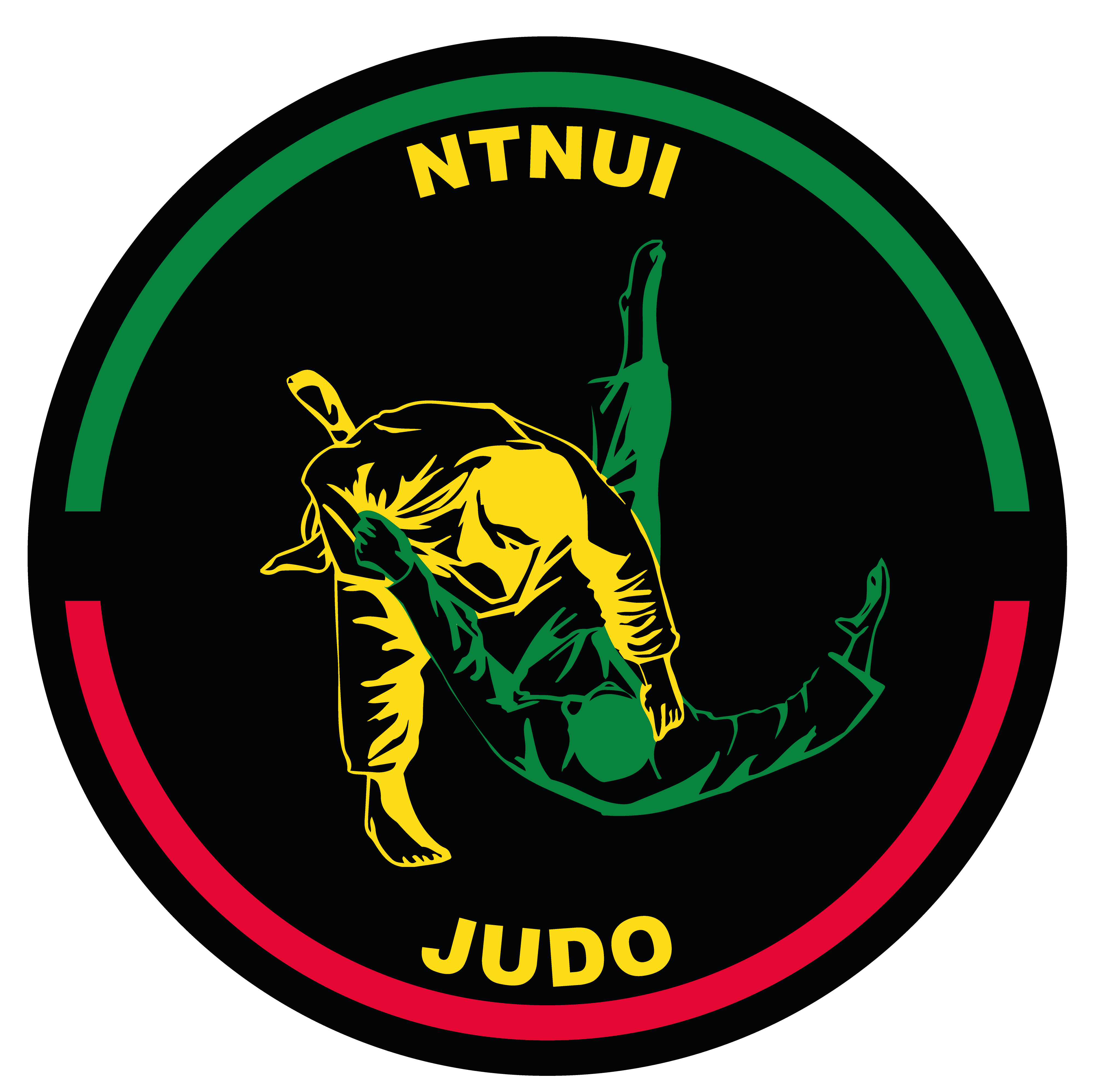5. KYU/MON, YELLOW BELT
General demands:
– For kyu-grader: Minimum 25 practise hours
Knowledge of
– mate, hajime, osaekomi, ippon
– kumikata – grepsteknikk
– uchi-komi – entrance without throw
– kuzushi – breaking of balance
– yaku-soku-geiko – agreed upon exercise
– randori – free training
– shizen-tai – normal position
– jigo-tai – defense position
– rei – greeting
Ukemi
– ushiro-ukemi (backwards falling technique)
– yoko-ukemi (sideways f.t.)
– mae-mawari-ukemi (forwards f.t.)
Ne-waza
Osaekomi-waza (pin downs), all left and right
– Kesa-gatame (Scarf hold)
– Kata-gatame (Shoulder hold)
– Yoko-shiho-gatame (side hold)
– Tate-shiho-gatame (mounted hold)
– Kami-shiho-gatame (head side four point hold)
Shime-waza
– One choke of choice
Kansetsu-waza
– One arm bar of choice
Go Kyo no waza, to both left and right
– De-ashi-harai (front foot sweep)
– Hiza-guruma (knee wheel)
– Sasae-tsurikomi-ashi (foot block)
– Uki-goshi (hip swing)
– O-soto-gari (greater outside sweep)
– O-goshi (greater hip throw)
– O-uchi-gari (greater inside sweep)
– Seoi-nage (shoulder throw)
Motion exercises
– Four throws in motion. Patterns from «Kodokan Judo» by Jigoro Kano.
– One transition from tachi-waza to ne-waza.
Main objectives:
– Give the judoka an introduction to the dynamical principles of judo.
– Learn ukemi well.
– Controlled balance in throws.
– The judoka needs to understand that one is responsible for the well being of one’s partner.
